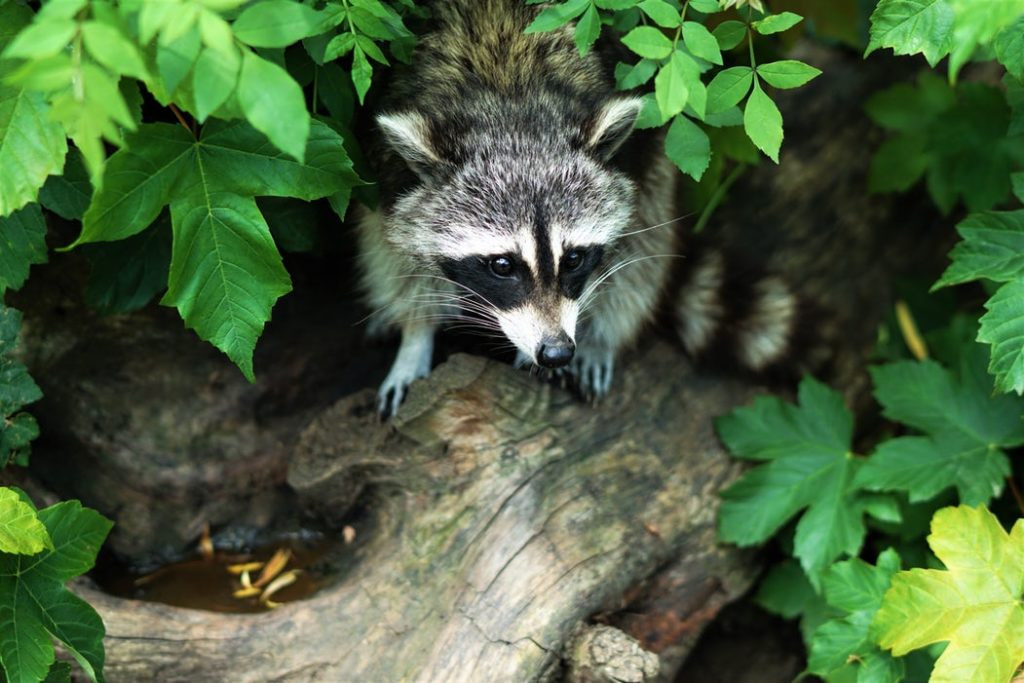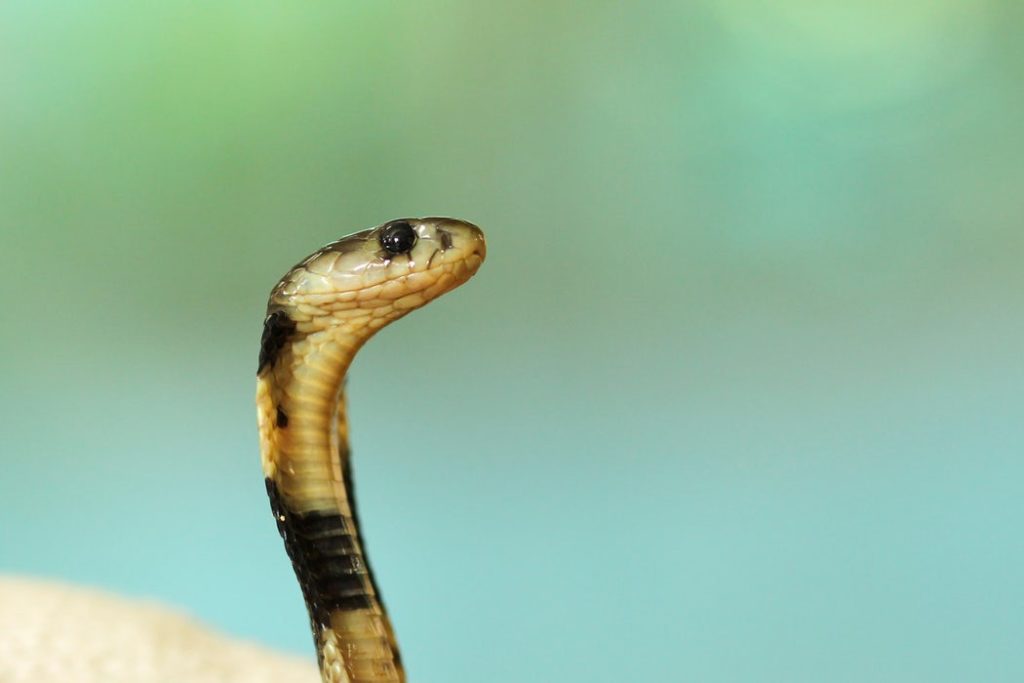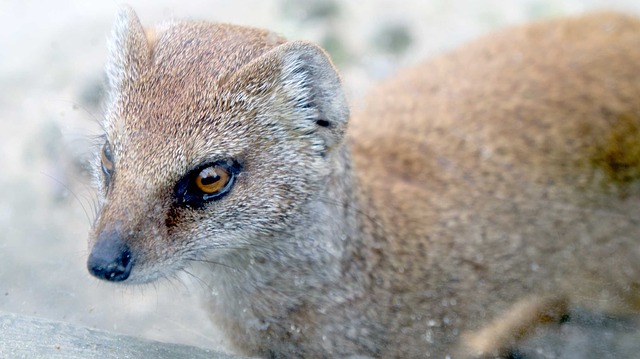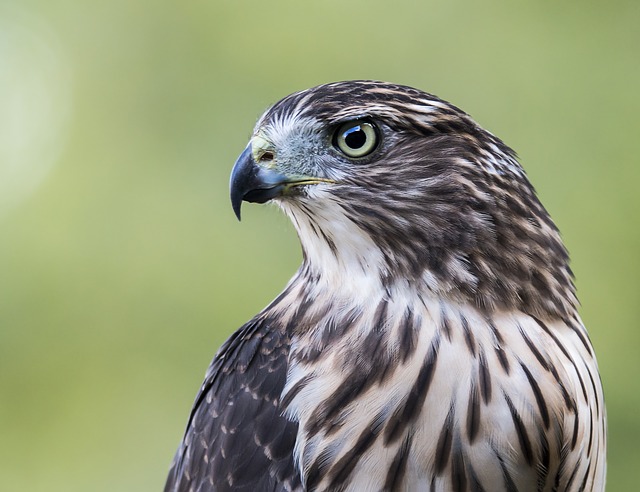If you’re anything like me, you love your flock of chickens like family and want to protect them from any danger in your surrounding environment. You’ve built a cozy coop to keep your chickens warm and safe. But there are many predators that can threaten the well-being of your poultry flock and it’s important to be on guard.
Let’s take a look at a few of the most common chicken predators and what you can do to protect your flock against them.
Raccoons

Most of us are familiar with pesky raccoons that creep outside looking for food. I have come across some very brazen raccoons in my time that are bold enough to do their dirty work during the day! However, most raccoons break into poultry houses in the night. If your chickens are dead and not fully eaten, raccoons may be the culprit.
Raccoons will often pull a bird’s head through the wires of your coop enclosure and leave the rest of the body. They also team up with one another. One raccoon will scare all the chickens to one side of the pen and the other will pick off the birds’ heads. They may also remove eggs from the coop and eat them.
These predators are attracted to properties with accessible garbage cans and dumps where food is discarded. Therefore, urban areas are often quite inundated with raccoons. Once these predators settle, they’ll be on the lookout for other food sources like your backyard family of chickens!
Snakes

Snake predators can often be challenging to identify. This is because snakes gobble up their prey whole! A snake can eat an entire egg and if you’re not vigilantly watching your chicken’s egg production, you may not notice a missing egg here or there. Unlike the raccoon, that leaves evidence of his intrusion behind, snakes are stealthier. You may only notice a few shells left over after they’ve devoured an egg for a midnight snack. Rat snakes are especially well known for eating eggs and young chicks.
Since snakes are so small compared to most other predators, safeguarding against this threat can be challenging. In order to get to the flock, a snake must be able to enter and exit your chicken coop and the size of the hole needed to get in and out depends on the size of the snake.
Weasels

Calling someone a “weasel” for being deceitful or cunning makes sense. Weasels are one of the smallest living predators and least weasels weigh only 1 to 2 ounces, with a long neck, narrow head, and short limbs. These creatures go unseen and are hard to trap. They don’t take a break either. They’re active in the daytime and at night during both summer and winter.
Weasels can work their slim bodies through holes as small as a 1/4 inch in diameter which means they can probably work their way through your chicken coop wire! Weasels require a lot of energy, needing to eat food equal to four times their body weight each day. No wonder they’re on the prowl for your chicks and eggs! However, if you notice that your birds are dead but their body parts are still intact, a weasel could be to blame. Minks, which are members of the weasel family, kill just for fun. So if your chickens are bloodied or their internal organs have been eaten, a weasel may be to blame.
Hawks

If your chickens are disappearing in the daytime, a hawk could be the predator you’re after. There are many species of hawks but the most common to prey on poultry are red-tailed, red-shouldered, and Cooper’s hawks.
Using their acute eyesight, hawks scan for prey from trees or other elevated perches during the day. When they spot their prey, they can swoop down and kill the prey with their talons. Hawks then carry off the prey to eat elsewhere. Therefore, leaving no signs of predation.
If a hawk eats its prey in place, it will typically pluck it clean of its feathers. So if you see feathers with some flesh on the ends, the hawk probably did not kill the bird but simply scavenged a bird that died of some other cause.
At the End of it All
Of course, these are just four of the most common predators to your chickens. But once you have identified the predator, you can take action to prevent their attacks. Some suggestions include making changes to your flock’s enclosure, modifying the habitat around the area where you keep a flock, getting a guard dog, or contacting local wildlife services for help.
 When my wife told me I needed a better shed it started an obsession with everything in my yard. From building a shed, to keeping chickens or building your own outdoor kitchen. You can read about how you can do it yourself at Zac’s Garden
When my wife told me I needed a better shed it started an obsession with everything in my yard. From building a shed, to keeping chickens or building your own outdoor kitchen. You can read about how you can do it yourself at Zac’s Garden













3 Comments
We recently had a bad storm , lightening thunder and the coop flooded. the next day when we went to feed and water there were small white eggs laid all over the coop. All of our chickens lay brown eggs. The white eggs didn’t look too healthy either. They had gray spots on the bottom. We threw them away but were curious if our flock got scared and laid these? Have you ever heard of something like this happening? There were about 8 to 10 eggs like that and all on the ground.
Chicken egg-laying can be interrupted and it affects the way the eggs look. For instance, if a predator shows up, a hen may pause the production of an egg, which might result in a ripple or band in the shell. The nutrients in the eggs are rarely affected and the eggs are safe to eat, but may look funny. Here’s an article with more information about eggshell anomalies. https://www.communitychickens.com/egg-shell-problems-causes-and-cures/
I have lost two chickens to the Cooper Hawk and as much as I would like to kill them I cannot as they are endangered. My chicks are now surrounded by trees so it will be a little difficult to sweep down to grab them. That is my solution to one of the predators. So far they have been my only problem. Great article. Thanks.